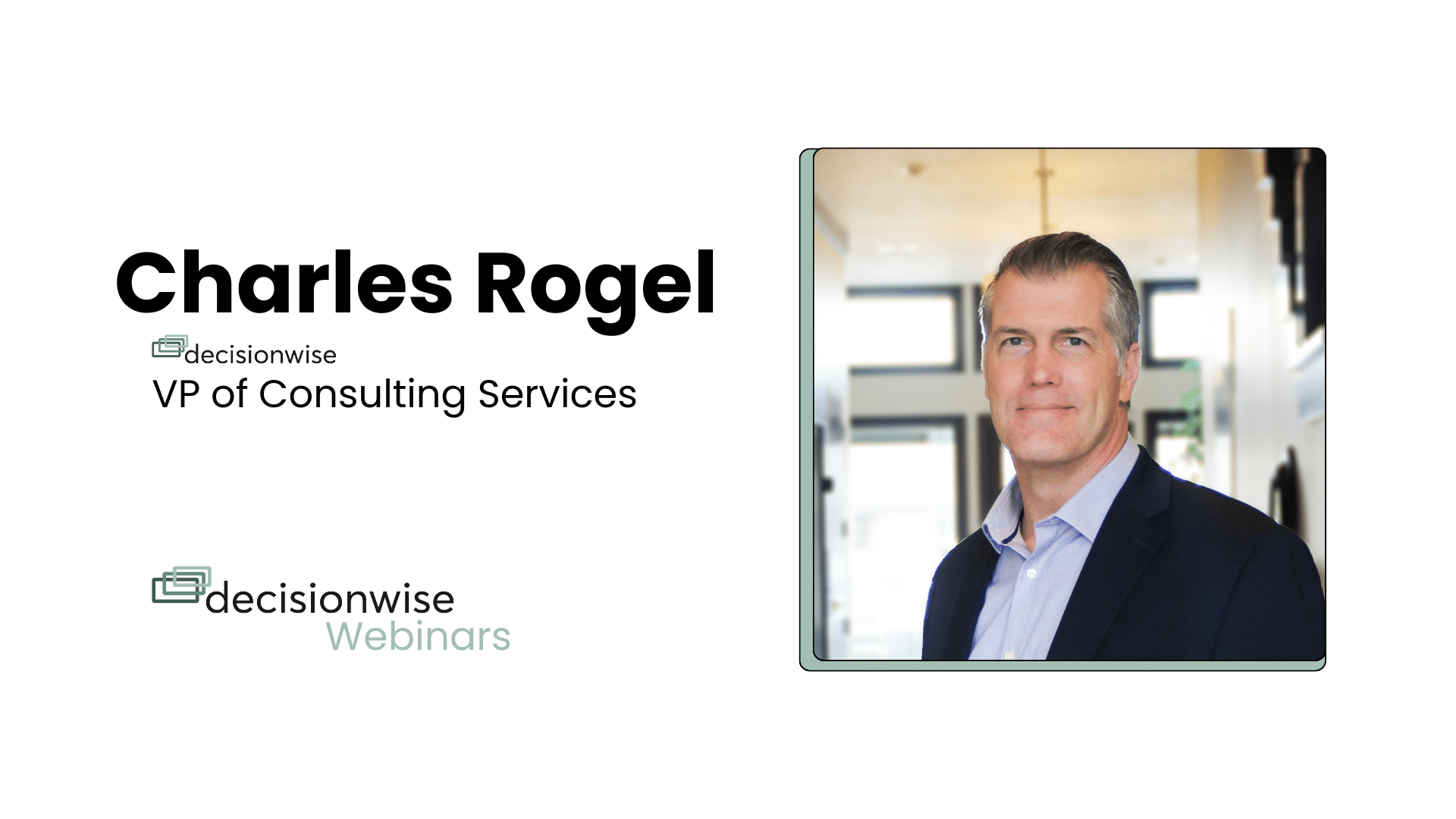A few years ago, I wrote an article for Entrepreur.com about why it is more important to align expectations than to merely manage them. This blog is a follow-up discussion to that original article.
More than ever, proactive leadership is critical in today’s world of complex communication. When we simply manage expectations, the implied meaning is that we are in survival mode. Instead of leading from the front, managing expectations connotates sweeping up debris from behind.
Employment Relationship
As I explained in my article, power in the employment relationship was traditionally held by the employer. This power dynamic was attributable to the fact that employees had access to one or two employment options, and that was it. The choice was simple. Make it work or do without. Therefore, employers could get away with demanding that it be “their way, or the highway.”
But, the world has changed! Technology has leveled the playing field. For the first time, and on a large scale, employees have options. It is no longer good enough to manage expectations and demand compliance.
We must all do better when addressing employee expectations; after all, employees now have a significant leverage point within the relationship – they can always leave. And, oh by the way, employees now know what is happening at rival companies, even if those companies are thousands of miles away. In addition, thanks to social platforms like Instagram, employees are connected to what is happening in the breakroom and in the company’s boardroom, all at the same time.
What Do Employees Expect?
In today’s socially-connected world, expectations are being formed by everyone, at any time, and everywhere. Expectations stream in from every angle. Here are some real-world examples of what employees may now expect from their employer.[i]
- Airbnb gives its employees free vacations.
- If you work for Reebok, your CrossFit dues are covered.
- Genentech will wash your car.
- Spotify will ensure your family’s future through egg freezing
… and the list goes on.
So, what does a company do that has limited resources? What if your culture doesn’t support nap pods? Don’t worry! Our research suggests that it is more important to be upfront and honor your commitments, than it is to offer a large menu of options. Humans need consistency and certainty more than they need exotic perks. Thus, my advice is the same as it was a few years ago – take the time to align expectations and you’ll be just fine.
Expectation Alignment
An expectation gap is the chasm that exists between a set of expectations that are created on one side of the relationship and how people believe those expectations will be met on the other. Expectation Alignment is the process of understanding and mutually defining these expectations (both implied and well-defined). Alignment often occurs through discussions, but it can also take place through training, employee brand management, individual development discussions, performance reviews, establishing or amending policies, or even through careful employee documentation.
Eliminating Expectation Gaps
Here are three simple suggestions on how to get started on finding and eliminating those pesky expectation gaps:
First, know your audience. You can’t possibly align every expectation in your role as a business leader, so your goal should be to focus on those relationships that really matter in achieving your business objectives. I call this list prioritized list your “Relationship Network.” Your Relationship Network will include more than just your new hires. While rookies are particularly vulnerable to expectation misalignment, veteran team members may experience deeper disappointment when expectations go awry.
Second, look for areas where expectation gaps naturally exist or where they might arise within your Relationship Network. Expectation gaps tend to crop up around pay issues, decision-making scenarios, equity-allocation promises, promotion discussions, etc. You should assume that every relationship in your Relationship Network has a certain number of gaps. Take the time to identify (i.e., a self-audit) the nature of these gaps, their potential causes, and what you are going to do about them.
Third, take an active part in helping to mutually define your employees’ expectations. When left to their own devices, employees will hope for the best. Just as nature abhors a vacuum, employees will fill expectation voids with all sorts of reasonable and unreasonable beliefs. If you don’t actively participate in the process of forming and defining expectations, you will be left with the daunting task of managing expectations that were formed without your input or dealing with expectations that were formed with incomplete information. Not fun!
Failure to align expectations can be costly. If you successfully align expectations, you will be rewarded with delight and loyalty. If you merely manage expectations, you may cultivate some employee satisfaction, but not much more. Finally, if you violate expectations you will be met with suspicion and anger, and in today’s modern world, that means losing the talent you desperately need to compete and win.
[i] http://time.com/money/4972232/12-companies-with-the-most-luxurious-employee-perks/




